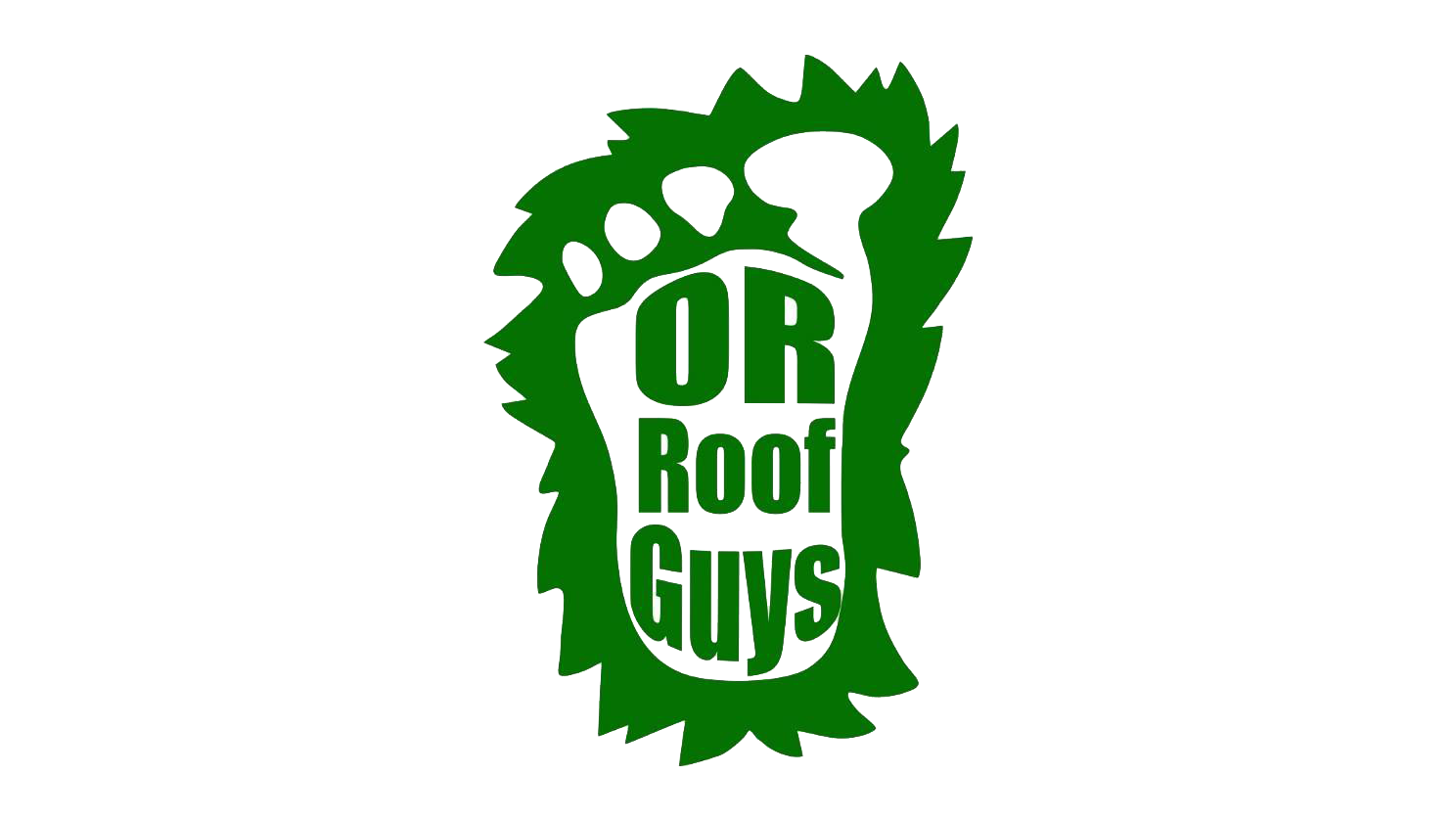The style of your roof can help you determine which types of roofing materials is best for it.
We’ve listed out several of the most popular roofing styles and which kinds of materials work best for each of them. For more information about your roof, contact the Oregon Roof Guys as your trusted roofing contractors in Eugene, Oregon.
GABLE
A gable roof is classic and one of the most popular roof styles in the U.S. They are easily recognized by their triangular shape and can also adorn dormer windows and porches.
Materials often used for gable roofs include asphalt, wood shakes, or slate shingles. Asphalt is a more lightweight and cost-effective material. Wood and slate options often require additional reinforcement to accommodate the added weight. If your gable roof also has hips and valleys, it is more susceptible to leaks. Therefore, it would be best protected by such lifetime materials as shingles.
HIP
Close in competition with the gable roof for most popular style is the hip roof. A hip roof has slopes on all four sides. The sides are all equal length and come together at the top to form the ridge.
Almost any common material can be used for a hip roof. Choosing the right types of roofing materials will largely be a question of budget and personal taste. Tile or clay will perhaps be a better match for Mediterranean-inspired styles. For cottage and ranch homes, traditional shingles may be a better choice.
GAMBREL
It is one of the most popular roof styles for barns, but can also be frequently spotted on residential construction. Closely related to a mansard, a gambrel features a steeper pitch at the top angle, which is more easily visible from the ground.
Metal is growing in popularity, due to its high durability, longevity and low maintenance requirements. Still, slate, wood and asphalt shingles are most commonly used.
MANSARD
A mansard roof has two slopes on every side, the lower slope being considerably steeper than the upper. A mansard can appear like a gambrel roof, but it differs by displaying the same profile on all sides.
One important factor to consider is that the weight distribution on mansards is minimal due to the steep slope, and soft asphalt shingles often fall off prematurely, due to their light weight and weak “structure”. We recommend using other, more durable types of roofing materials, such as tile, slate, wood shingles or metal panels. Using metal, such as copper or zinc for the steep portion of the roof, can be more expensive up front, but will require much less maintenance down the road, making it a good long-term choice.
BUTTERFLY
A butterfly is a V-shaped roof constructed of two tandem pieces which are angled up on the outside. The butterfly roof is popular for
modern, Eco-friendly and tropical home designs. If you’re considering a butterfly roof, you’ll need to make sure you choose a material which lends itself well to waterproofing. You can install continuous, solid membranes with no seams, such as PVC or TPO, or metal for lifelong protection.
FLAT
As the name suggests, flat roofs appear to be completely flat with no pitch. However, they do have a slight pitch to allow for water runoff and drainage.
EPDM rubber is the material most frequently used on flat roofs. However, if you are looking for a long-lasting, leak-free material, it is best to go for a TPO or PVC membranes, because they do not have seams and are impervious to water.
COMBINATION
Combination roofs are used to complement a variety of architectural styles, from traditional to ultra-modern. The materials will vary, depending on the elements you choose to integrate.

